

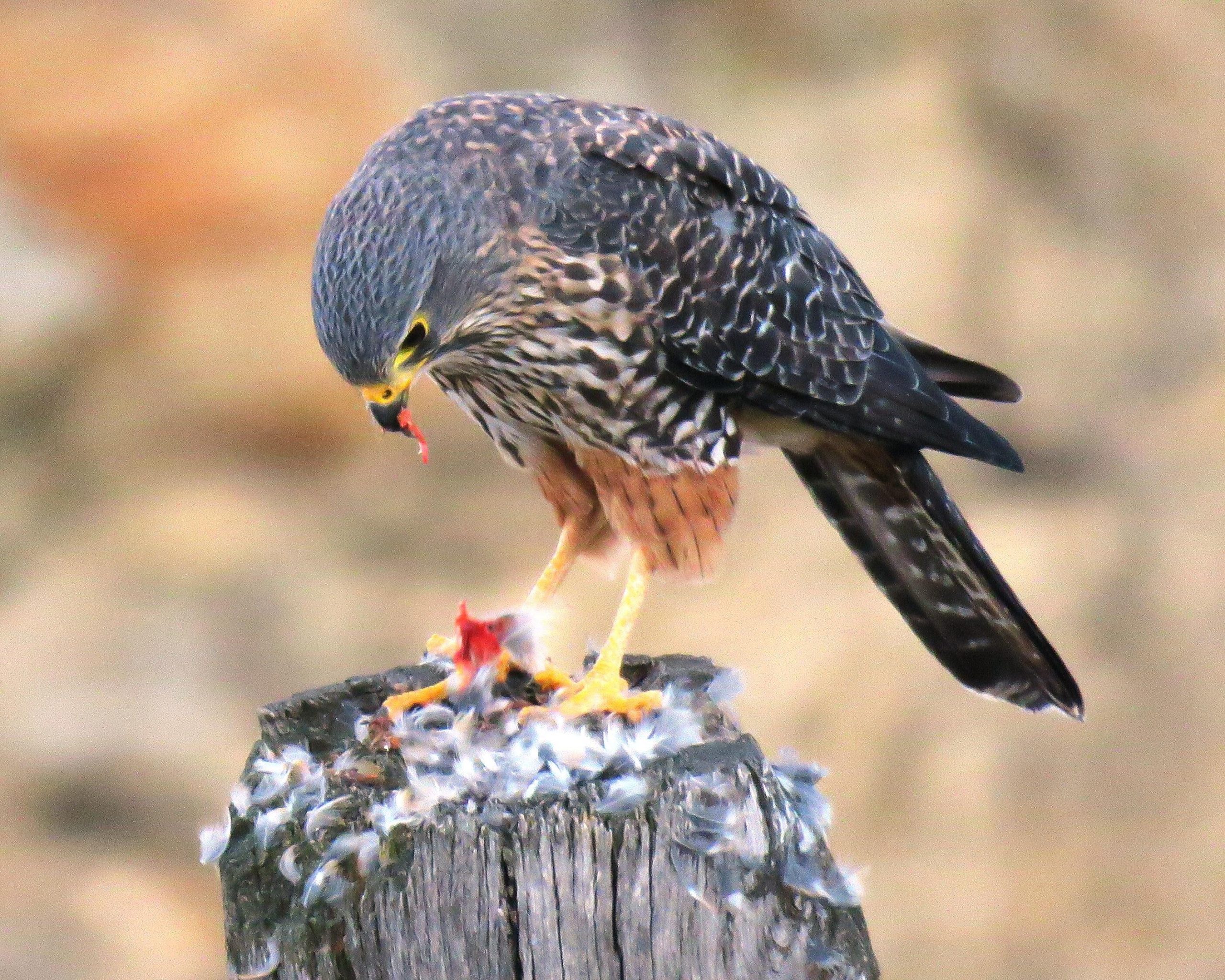
About
01 December 2022
Poronui guests are well-educated big game observers by the time their hunting safari ends. Names like red stag, fallow buck, rusa stag, sika stag, arapawa ram and Pacific goat will roll easily off the tongue.
However, at day’s end it is often not the big animals spotted but the sightings of interesting small creatures that involve the longer explanatory chats from staff.
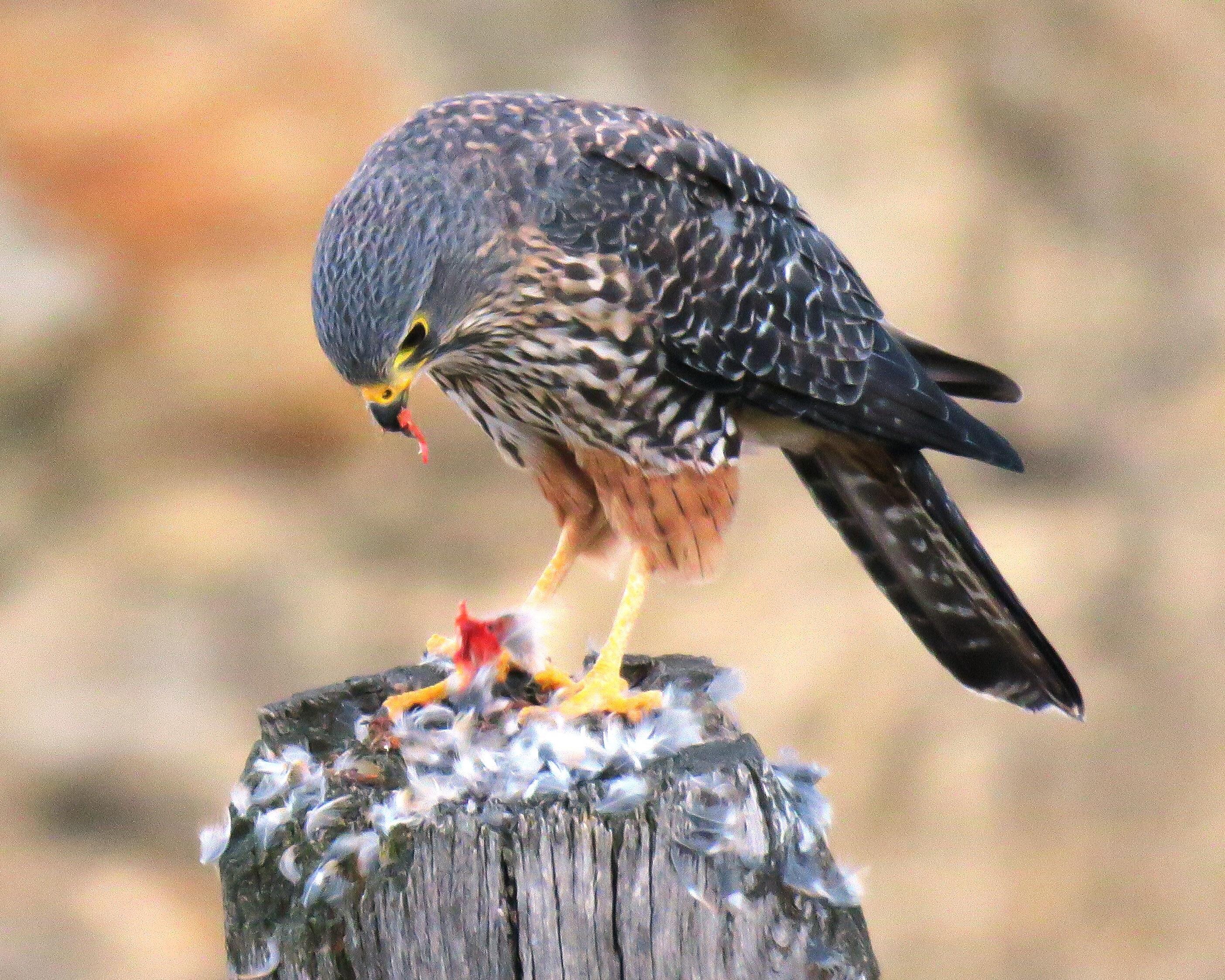
New Zealand Hares look like big rabbits, with grizzled brown fur and long black-tipped ears. They are often encountered on or alongside property tracks and roads and graze on the fringe country between trees and open farmland. To avoid danger they flee at speed in a zig-zagging fashion, crouch very low in cover, or feed nocturnally. Poronui has a lot of hares and they will play Russian roulette with guests in vehicles. They are often seen in groups, acting in a goofy manner, hence the saying ‘as mad as a March hare’.
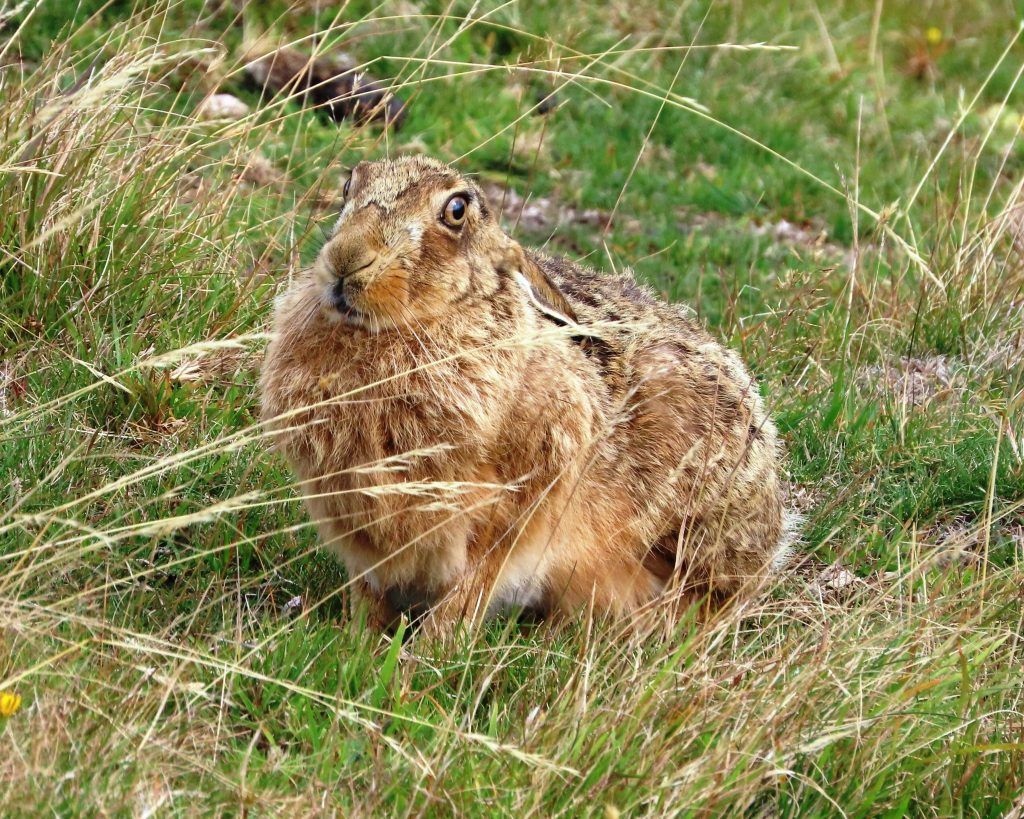
This bird of prey can fly at speeds exceeding 100 km/hour and kill prey larger than itself. At Poronui it mainly hunts small birds, rats or mice but is not averse to snacking on pheasant or pigeon. They are not afraid of people and will often land nearby, or rocket past checking out the visitors to their territory. During nesting season they will attack anyone who inadvertently gets too close to their eggs.
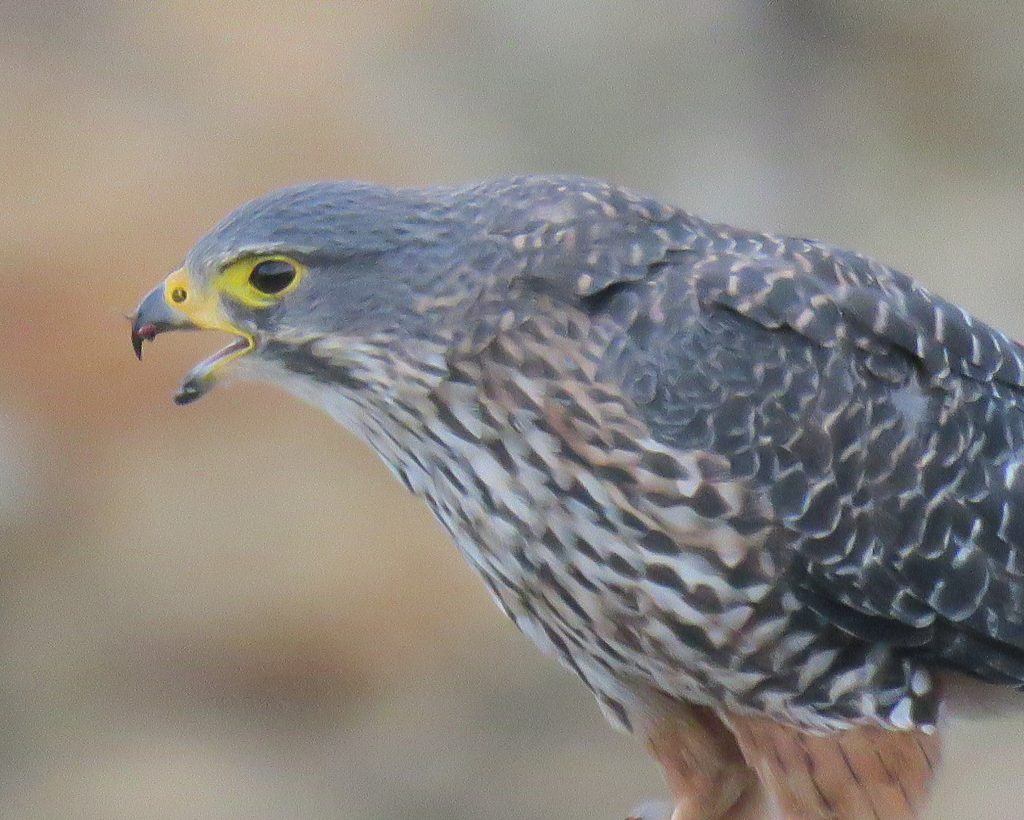
Guests find this half duck/half goose bird one of New Zealand’s finest-looking native species. The male is largely a glossy black, and the female a stunning chestnut with a white head. They thrive on green grass so large flocks are often found on new pastures. They are a very noisy bird and their alarm racket has ruined many a hunting trip. They mate for life and anglers will often encounter the individual pairs nesting on river beds. The female will pretend to be injured and try to lure the intruders away from her young.
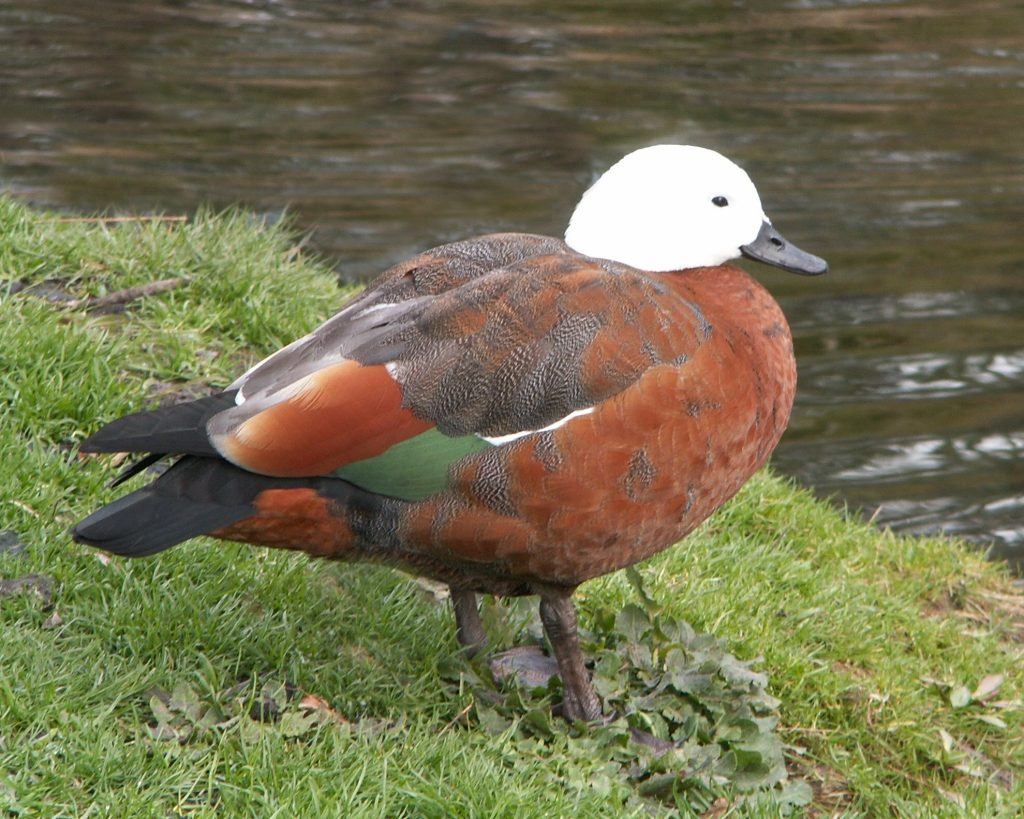
This quail species has acclimatised well across New Zealand. They fly well and under pressure will flush from cover at speed before gliding away. When mildly disturbed the first instinct is to run. They look funny doing this as their posture is tilted back with their wings tight against the body like a dancer. The hen is a drab brown while the cock bird is more colourful with a black tuft on top of the head. In winter they form small coveys. Quail is not the only upland gamebird on Poronui. Over the last few years, widespread liberation of pheasant colour variations has taken place.
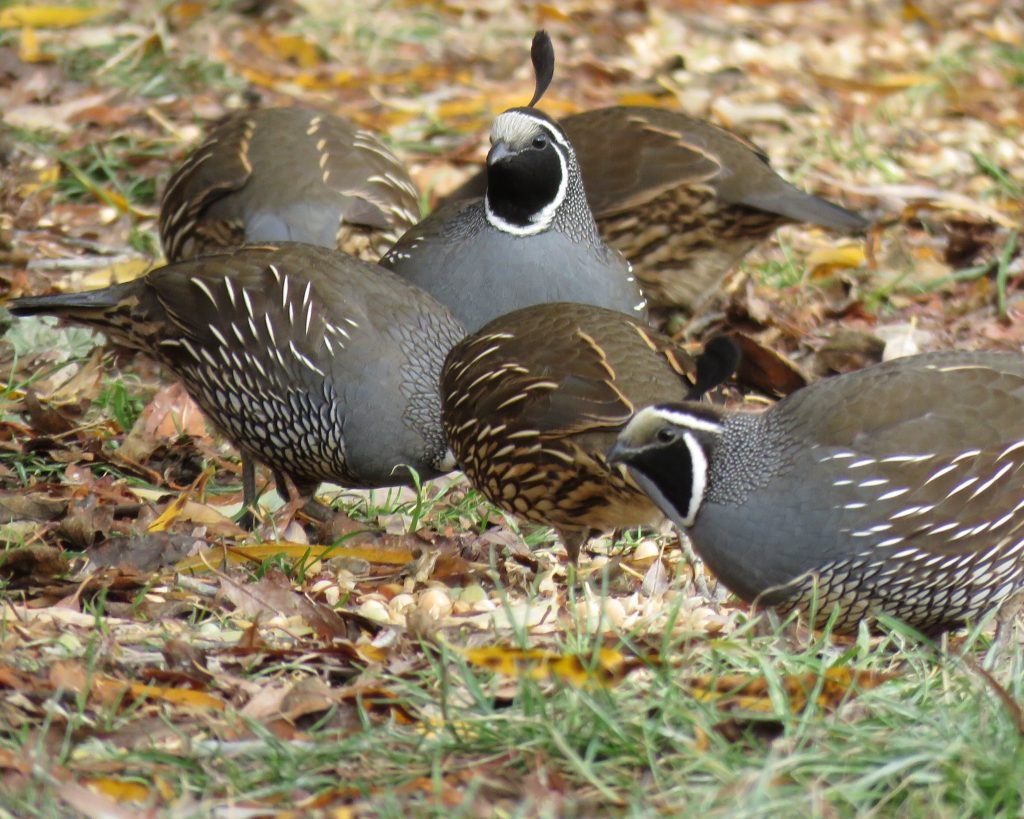
Anglers who have helicoptered into distant wilderness rivers may be lucky enough to come across a pair of rare blue duck feeding off submerged rocks. Their call sounds like their Māori name whio and is very distinctive. Blue in colour they are the kayakers of the bird world, living in fast water and amongst river boulders. They are not afraid of humans and allow close up photographs to be taken. Their territory is often located in dark gorges where rapids and deep pools are found.
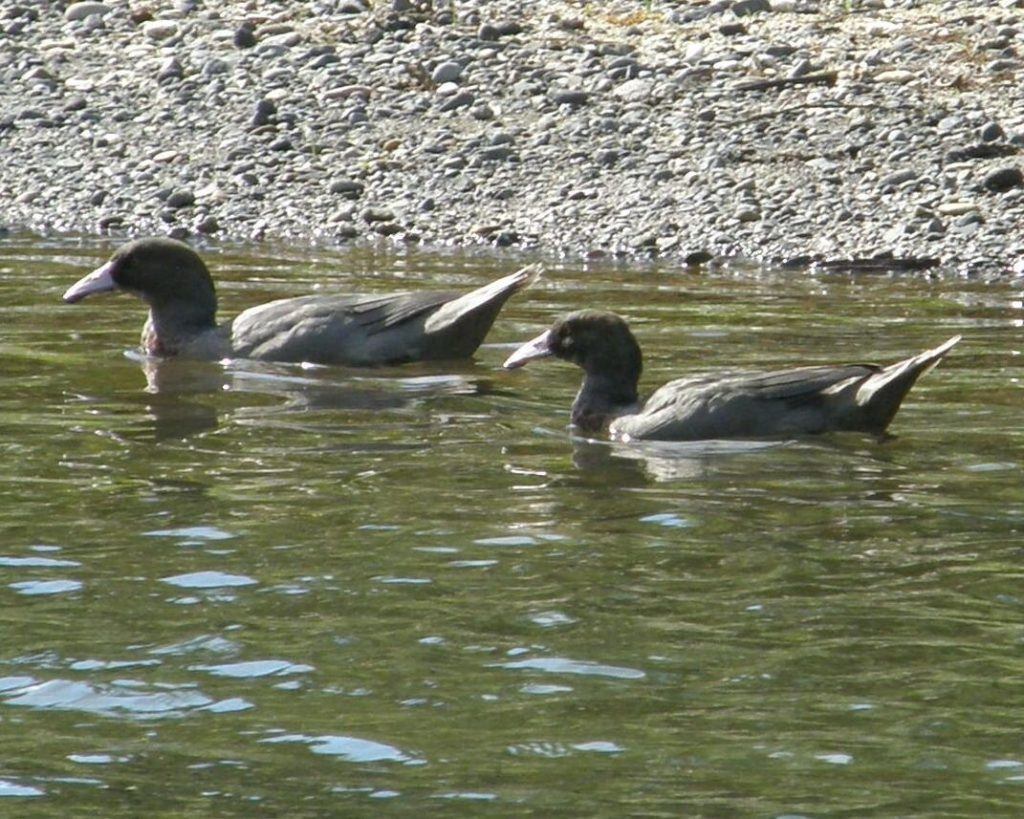
Want to ask a question about Poronui, personalise your vacation with bespoke itinerary options or find out about available dates?
Simply fill in your name and contact email address with a short message and we will get back to you.